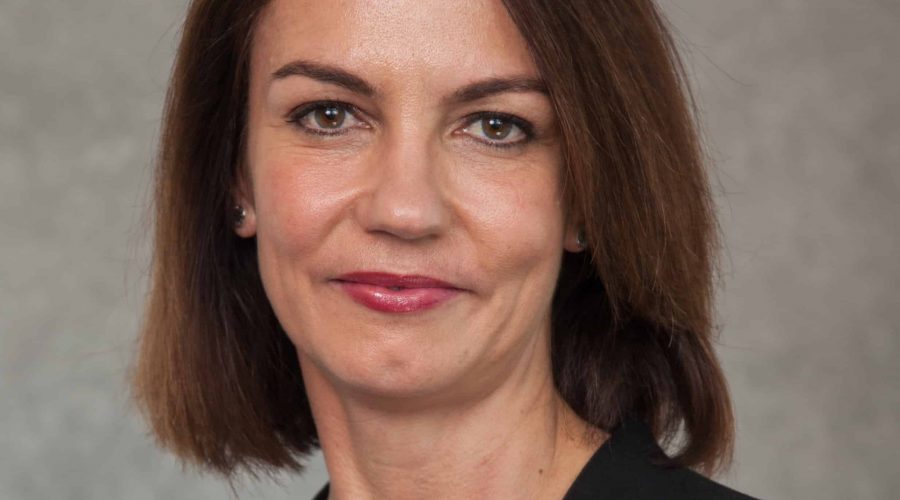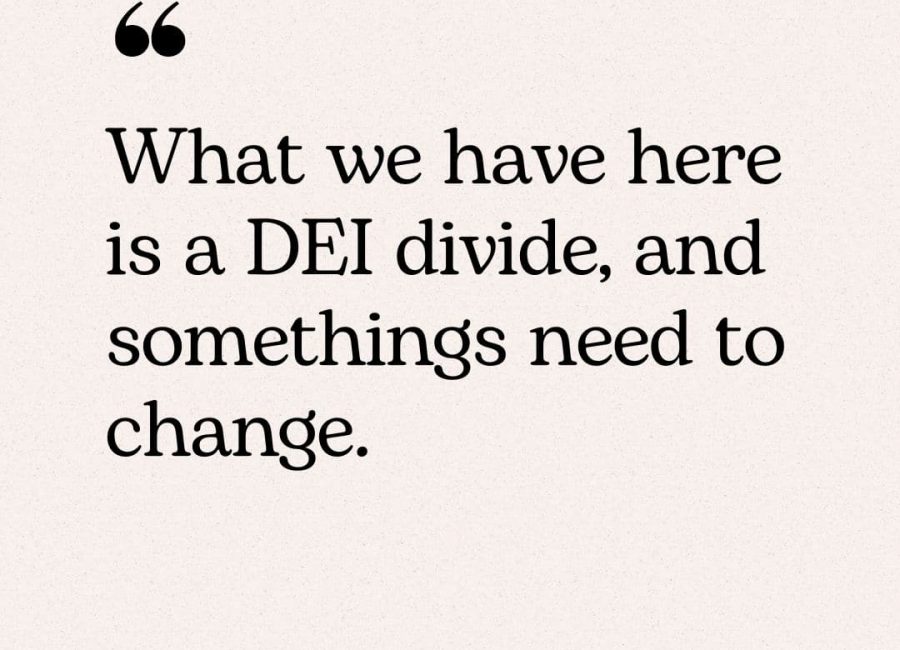There may only be a small handful of women in leading economic roles in Australia’s financial markets but their views carry some serious weight, especially when it comes to picking the next move in interest rates.
Financy interviewed three of these women ahead of the Reserve Bank of Australia’s October meeting on rates next Tuesday.
That meeting will be RBA Governor Phillip Lowe’s first in the role, since Glenn Stevens stepped down.
The official cash rate is sitting at 1.5 per cent – almost double most home loan rates – yet it is the lowest the cash rate has been in Australia’s data keeping history. If only the same could be said for mortgage rates.
Su-Lin Ong chief economist and head of Australian research RBC Capital Markets.
“The October meeting is obviously Governor Lowe’s first, we are looking for no change at a 1.5 per cent and only in the second quarter of 2017 do we see a further cut to 1.25 per cent. We think that is where rates will bottom.
“I don’t think there will be any significant changes to the [RBA’s] statement.
“I think some themes will be elaborated on. Terms of trade are looking better, the housing market, while it has moderated will still remain firm, the labor market is in reasonable shape, and wages and inflation are low.
“Markets may start looking ahead to the third quarter CPI print and whether there is any reference to inflation in the next RBA statement. If there is that could keep rate cut expectations alive this year.”
Jo Masters senior economist ANZ Bank
“We’ve got rates staying at 1.5 for this year and we don’t have any expectations for change into 2017.
“The risks are clearly to the downside. Even the new RBA governor Phillip Lowe last week talked about scenarios where rates could go lower or stay at current levels, and I think that is reasonable given the inflation profile which is similar to ours, so it’s hard to paint a scenario where you get higher rates.
Nicki Hutley chief economist Urbis
“We expect rates to remain on hold next week and in 2017, the most likely scenario is that rates will still be unchanged because despite low inflation and an unchanged RBA inflation target, there is still good momentum in the economy.
“The RBA seems comfortable with where the economy is at the moment and they see some, but not significant, risks to the downside.
“That can clearly change, if you got another surprise in the inflation data for the September quarter and if residential housing construction experienced some problems, then that could change.
“But on balance the likelihood is that consumer demand will be moderately paced on the basis of past rate cuts and that we will see the residential housing sector go ahead although not as fast as we have seen.
*Picture at top is of ANZ Bank’s Jo Masters.













